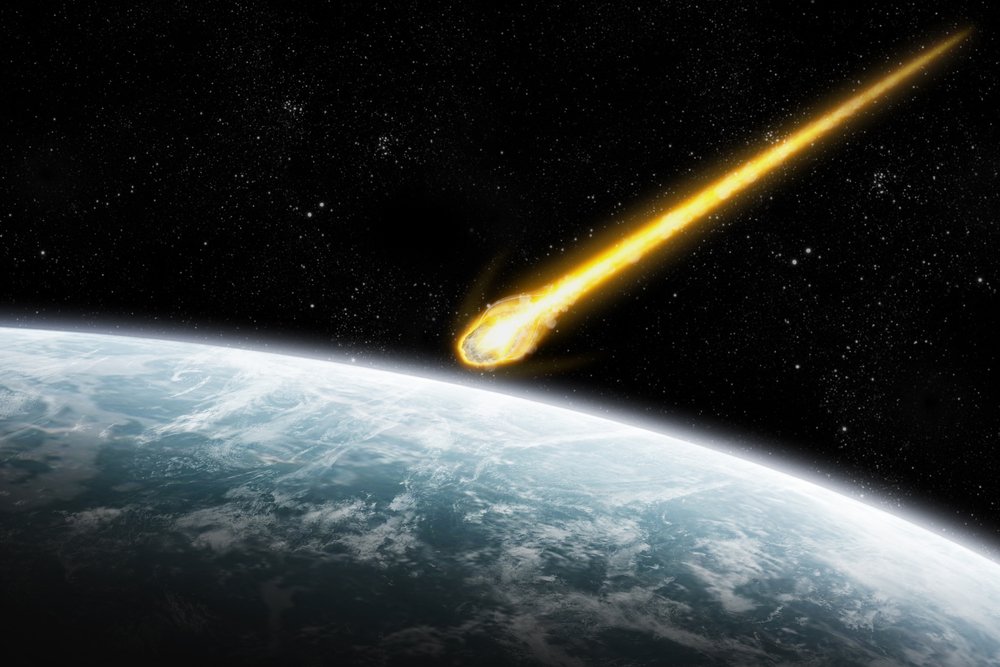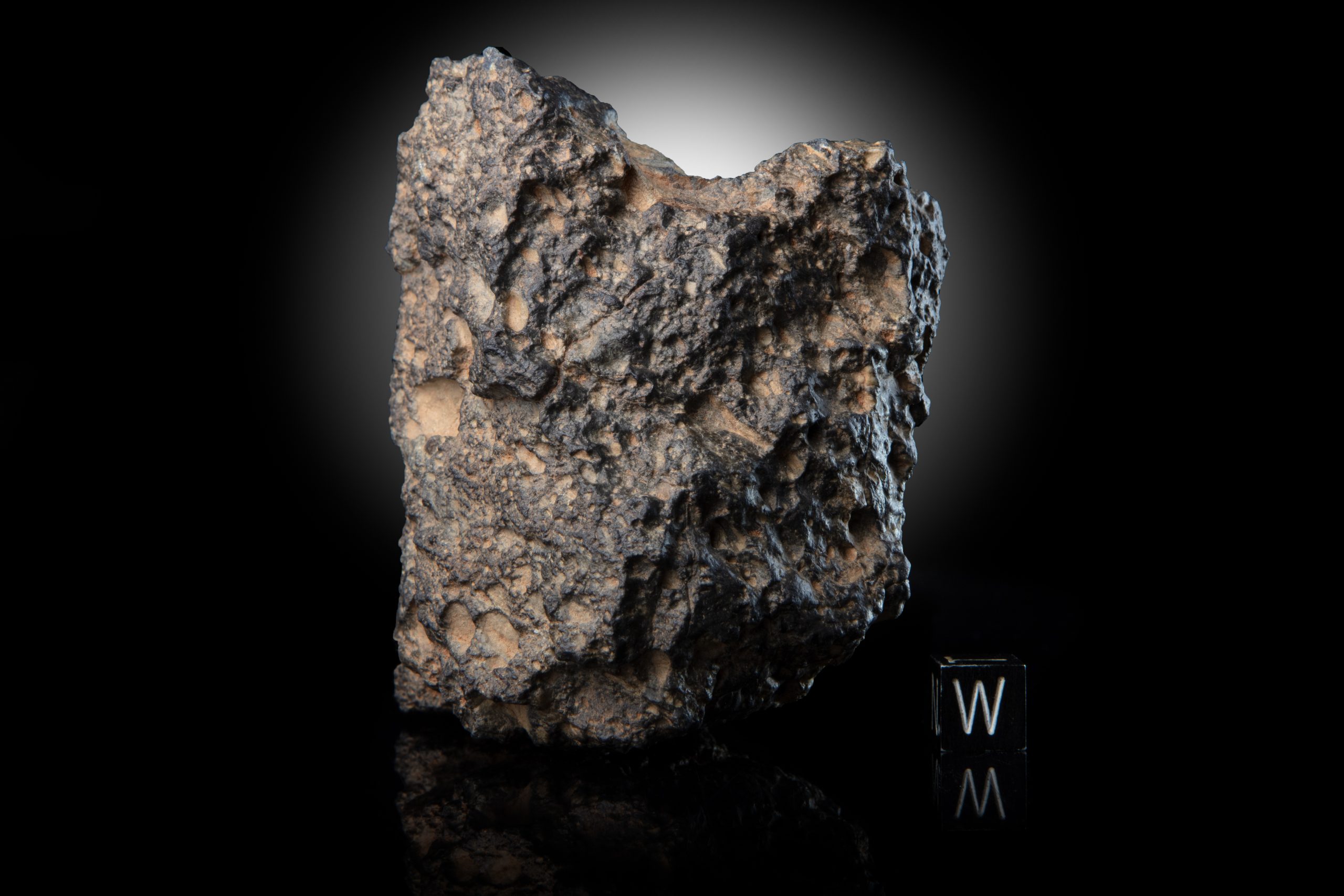
Are these the same as meteor?Ī: No, to be exact, only a meteor brighter than absolute visual magnitude -4 (as seen from distance of 100 km) is also termed a bolide or a fireball. Q4: I frequently hear the words bolide or fireball. with an interior unaffected by the atmospheric passage and a dark fusion crust on the surface. Micrometeorites do not have the typical structure of a fresh meteorite, i.e. Frequently Asked QuestionsĪ: A meteor shower is a group of meteors produced by meteoroids of the same meteoroid stream.Ī: A meteoroid stream is a group of meteoroids with similar orbits and a common origin.Ī: A meteorite smaller than 1 millimetre can be called a micrometeorite. Photo: Astronomical Institute of the Czech Academy of Sciences. The total exposure time of the image was 35 seconds. The interruptions on the fireball image have been done artificially and enable to measure fireball velocity. The fireball flew from right to left and lasted for 9 seconds. Section of an all-sky image taken by Digital Autonomous Fireball Observatory at station Kucharovice. Image I - Fireball of magnitude -15 named Zdar nad Sazavou, which passed over Czech Republic on December 9, 2014. Also, after the meteor phase, the vaporised material that condenses into solid matter is called meteoric smoke. If the meteoroid survives the meteor phase without being completely vaporised, it is then called a meteorite. All the particles, generally smaller than meteoroids, coming from interplanetary space are called interplanetary dust. To be considered a meteoroid, it must be of natural origin and be roughly the size of between 30 micrometers and 1 metre. The solid object itself moving through the atmosphere - that is a meteoroid.

Meteors can occur on any planet or moon with a sufficiently dense atmosphere. When we see the light crossing the night sky from the high-speed entry of a solid object from space into our atmosphere - that is what is called a meteor, specifically the light and all associated physical phenomena (like heat, shock, ionization). In meteor astronomy, there are five fundamental terms: meteor, meteoroid, and meteorite are the best known, and dust (interplanetary) and meteoric smoke a bit less known, but of equal scientific importance.

Based on the update, this IAU Theme intends to summarize and respond to the growing interest this field has in various astronomy related communities.

Commission F1 has recently issued an explanatory text for the correct usage of fundamental terms related to meteor astronomy in scientific literature and among the general public.
METEOR METEORITE METEOROID UPDATE
The definitions in meteoric astronomy adopted in 1961 by the Commission 22 have recently undergone an update by its direct successor: the IAU Commission F1 on Meteors, Meteorites and Interplanetary Dust. As the rapid evolution of our knowledge in the field of meteoric astronomy progresses, the more it requires constant updates to the fundamental terms, to satisfactorily match the current state of the field.


 0 kommentar(er)
0 kommentar(er)
